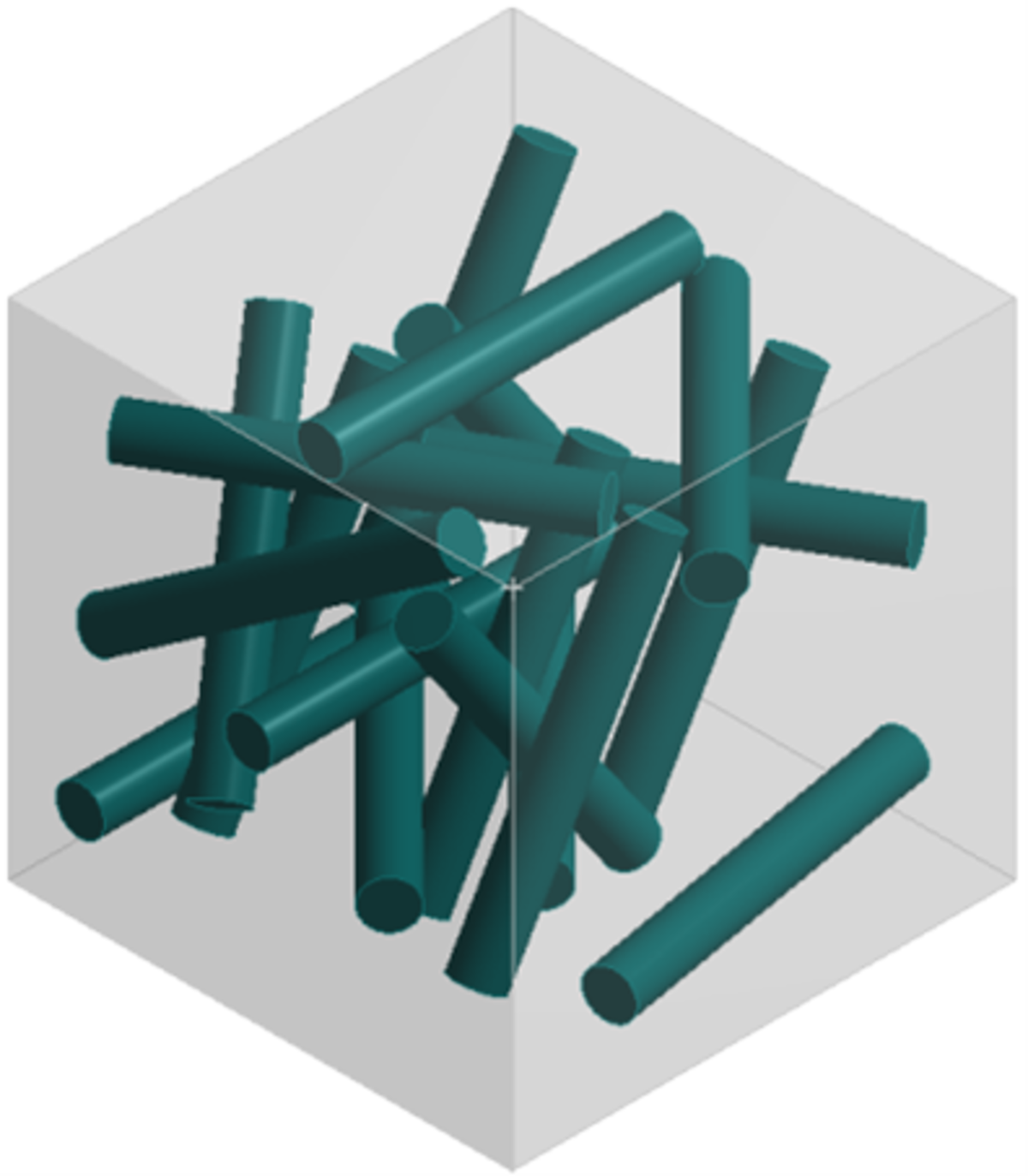Virtual prototyping in advanced composites

Plastics are increasingly being substituted for components. Since short glass fibers with a length of less than one millimeter are often added to the plastics, this also allows desired stiffnesses of the material to be achieved. For prototyping and testing of a component, these added fibers represent a certain arbitrary factor, since the material has different material properties along and across a fiber. It is true that characteristic values are available from the material manufacturers. However, these usually originate from injection-molded tensile specimens. In these, the fibers lie relatively evenly in the measuring range. If material characteristic values with this isotropic, i.e. with the same physical properties in all directions, are used in calculations, the material is significantly overestimated. This is unsuitable for realistic simulations.
Preparatory simulation
Therefore, Merkle & Partner now also offers a realistic, time- and cost-saving calculation method for high-performance components made of plastic composites by means of a sophisticated simulation calculation. The basis for this is an injection molding simulation of the component to be manufactured. This is used to determine the fiber orientations in the component. These are then mapped onto the structural-mechanical calculation model. This makes it possible to simulate realistic, anisotropic effects (material behavior is not the same in all directions due to the different fiber orientations) at every point of the component.
Time and financial advantages
"The simulation calculation for complex composite materials is an enormous time and economic support for the design as well as the testing" says Stefan Merkle, Managing Director of Merkle & Partner. "It allows us to see how geometries and materials behave at a very early stage of development and thus exert a very targeted positive influence. Especially with modern composites, where calculation data and empirical values are often still lacking."
Since an injection molding simulation is carried out anyway for the mold design, the calculation of the fiber orientation is virtually a by-product. Thus, in addition to the optimal mold design, the designer receives essential data for the optimal design of the components in parallel. According to Merkle & Partner, this does not require any significant additional effort compared to conventional simulations, while at the same time the simulation results are much more precise.
Injection molding simulation and structural-mechanical simulation from a single source provide a deeper view of the position of the weld lines, the flow direction and thus the fiber orientation. The injection molder is interested in whether the mold is filled, whereas the structural mechanic wants to know whether the fibers are also in the force flow and what the strength behavior is.
Evidence through real testing
Merkle & Partner was able to verify in numerous calculations that this simulation calculation already holds up in reality. Using the example of a pressure plate for pipe penetrations on buildings made of a polyamide-glass fiber composite material (PA66-GF35), it was possible to clearly calculate the location of the initial fracture as well as the degree of utilization of the quarter-symmetrical component. The same calculation based on isotropic data, without prior injection molding simulation, did not allow the exact determination of either the location of the initial fracture or the real degree of utilization. The Merkle & Partner calculations withstood the real test 100%.


